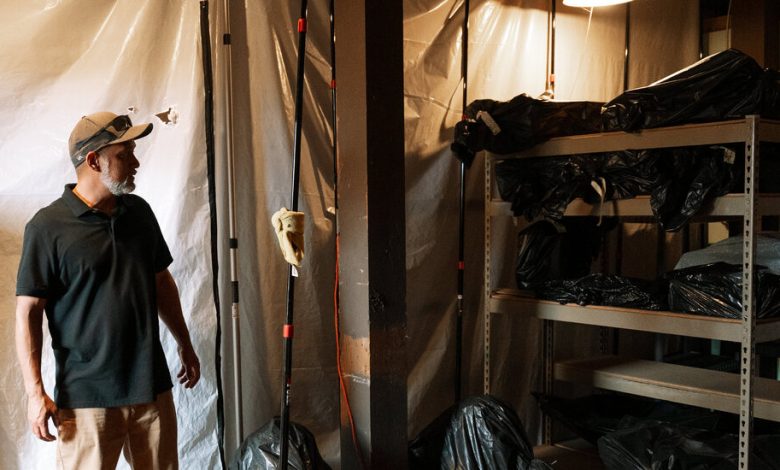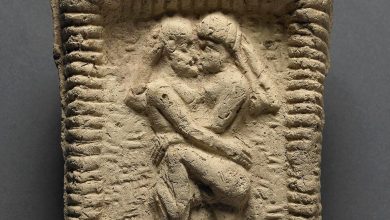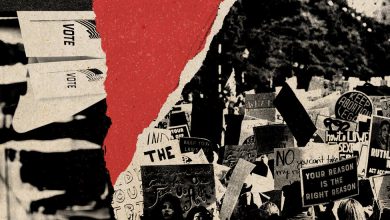For the Future of Maui, Native Hawaiians Push for Honoring Its Past

To the outside world there has been no more vivid symbol of the storied history of Lahaina, and its potential for rebirth, than a 150-year-old banyan tree in the center of town whose scarred branches are now, two months after a devastating wildfire, sprouting new, green leaves.
The tree’s image adorns “Lahaina Strong” logos on T-shirts and coffee mugs for sale by online merchants. And when President Biden visited Maui after the fire, he pointed to the tree as a metaphor for hope and resilience.
“I believe it is a powerful, a very powerful, symbol of what we can and will do to get through the crisis,” the president said.
The history of Lahaina, though — and the history of its most famous tree — is complicated, intertwined with the painful loss of land and sovereignty for Native Hawaiians.
For many of those descendants, the banyan tree is a remnant of colonialism, planted by a son of missionaries who helped overthrow the Hawaiian kingdom, which in turn paved the way for annexation by the United States five years later and, eventually, statehood.
“There’s this growing sentiment that Native Hawaiians are actually really sick and tired of listening to stories about the banyan tree,” said Adam Keawe Manalo-Camp, a writer and researcher who specializes in Native Hawaiian history.
The fire, which swept across West Maui on Aug. 8, took 98 lives, more than any American wildfire in more than a century. Along with that human toll was the loss of so much history, including family genealogies, old land records,the flag that was lowered after the Hawaiian kingdom was overthrown in 1898 and entire museums that helped tell the town’s centuries-old story, starting with the Polynesia seafarers who first settled the islands.
Now, as conversations about rebuilding Lahaina take shape, Native Hawaiians, fearful their town will be turned into a glitzy tourist hub like Waikiki in Honolulu, are demanding that their place in the town’s history be at the forefront of a future Lahaina.
“Navigating that way forward and remembering our remembering in a proper way will definitely be a challenge,” said Kalapana Kollars, an expert on Native Hawaiian culture who works for the Lahaina Restoration Foundation, the nonprofit that manages numerous historical sites, including the park that contains the banyan tree.
But before rebuilding can begin and before that fuller history can be fashioned, priceless pieces of Lahaina’s history that survived the fire must be saved from the ashen landscape.
So far, the authorities have not let people back into town to recover historical artifacts, and that has left archaeologists like Kimberly Flook, the deputy director of the foundation, worried that time is running out. She has reviewed satellite images and managed to make a furtive drive through town that let her glimpse the wreckage. From what she has seen, pieces of Lahaina’s history are waiting to be salvaged.
She has seen, poking through the ash and rubble, jade fu dog statues from China that are a symbol of the time when Chinese workers surged into Maui to toil in the sugar cane fields, and pieces of ceramics and metal appliances from the plantation era.
Ms. Flook’s research into how certain materials can survive fire has given her hope that other objects might find their way back to museum shelves: scrimshaw dominoes left by 19th-century sailors whose whaling ships docked in Lahaina’s harbor, and Native objects made from lava rock, like poi pounders and fishing implements.
But it could be weeks before the authorities will allow experts to search for artifacts. And with people beginning to trickle back to inspect their properties, she worries that some items could be inadvertently damaged and that other items could be stolen by history-savvy thieves.
Even if many items are recovered, repositories for them will need to be rebuilt, in some cases from scratch. All but one of the 14 historic buildings, many of them museums, that the foundation maintained were either destroyed, or heavily damaged. The Wo-Hing Museum, erected by Chinese immigrants in the early 20th century, is a pile of ash. The wooden gatehouse and cellblocks of the Old Lahaina Prison, built in the 1850s to deal with rowdy sailors on shore leave, are gone. And the Masters Reading Room, a space for officers on whaling ships to relax, was gutted, with only its stone wall still standing.
“It’s just overwhelming,” Theo Morrison, the director of the Lahaina Restoration Foundation, said. “I can’t even get my head around it.”
The Smithsonian Institution has stepped in to provide supplies to clean recovered objects and boxes and tents to store items, along with personal protective equipment for people doing the recovery work.
It is a role the Smithsonian is playing more often in an age of natural disasters related to climate change, like wildfires and hurricanes, said Katelynn Averyt of the Smithsonian’s Cultural Rescue Initiative, which was established after the 2010 earthquake in Haiti.
She said she sympathized with Ms. Flook’s growing angst at not being able to recover artifacts, but said that was typical in the early stages following a disaster.
“The frustrations can really build and accumulate just because you know the value and importance of these sites and the objects that are there and you feel so deeply for them,” she said.
For Native Hawaiians, one of the most acutely felt losses was the destruction of the Na’ Aikane o Maui Cultural and Research Center, a place for seminars about contemporary issues, like water rights, and a hub of Hawaiian history. “Old documents. Maps. Genealogy. Books that were actually signed by our kings,” Ke’eamoku Kapu, who oversaw the center, told NPR.
As talk turns to the future, and how history should shape rebuilding of Lahaina, many hope the fire can be a catalyst to elevate Native Hawaiian history that often felt overshadowed by stories of missionaries and sugar plantations.
Moku’ula, a royal headquarters that was surrounded by a pond at a time when Lahaina was a lush wetland — it was once called the “Venice of the Pacific” — is today buried beneath a baseball field, all but invisible except to the archaeologists who plumb it.
In the aftermath of the fire, there is a renewed push to restore Moku’ula. And there are fresh calls for a Berlin museum to return a statue of the Hawaiian deity Kihawahine that was taken from Moku’ula by a German microbiologist doing leprosy research on the island in the 1880s.
“Moku’ula is the beginning,” said Archie Kalepa, who traces his lineage back nine generations in Lahaina, and has been working with search teams as a cultural monitor. “And so you have to pay honor and respect to the beginning for us to be able to move forward.”
Mr. Kalepa appreciates that the banyan tree has been a cherished gathering place in town, he said, but believes it has overshadowed Native history.
“The banyan tree is part of Lahaina, but it is not a part of Lahaina’s original history,” he said.
The fire destroyed the house of one of his great-grandmothers, where all of the family’s documented genealogy and old photographs were stored.
“The only thing we have right now is each other,” he said.
That, and memories:
“Going down Front Street and smelling all the different smells of the flowers, the fruits, the dirt. It was just such a unique smell that you could only smell in this place. You could close your eyes and go down the street and know exactly where you were if you lived here.
“That’s how intimately well we knew this place. That’s gone.”





